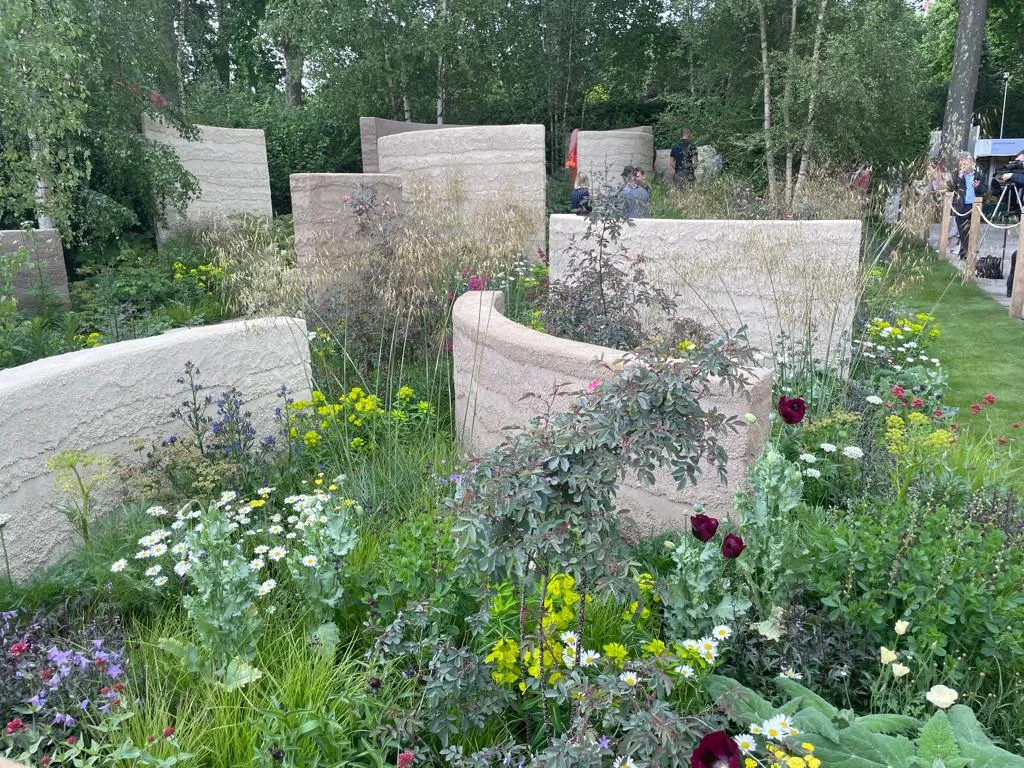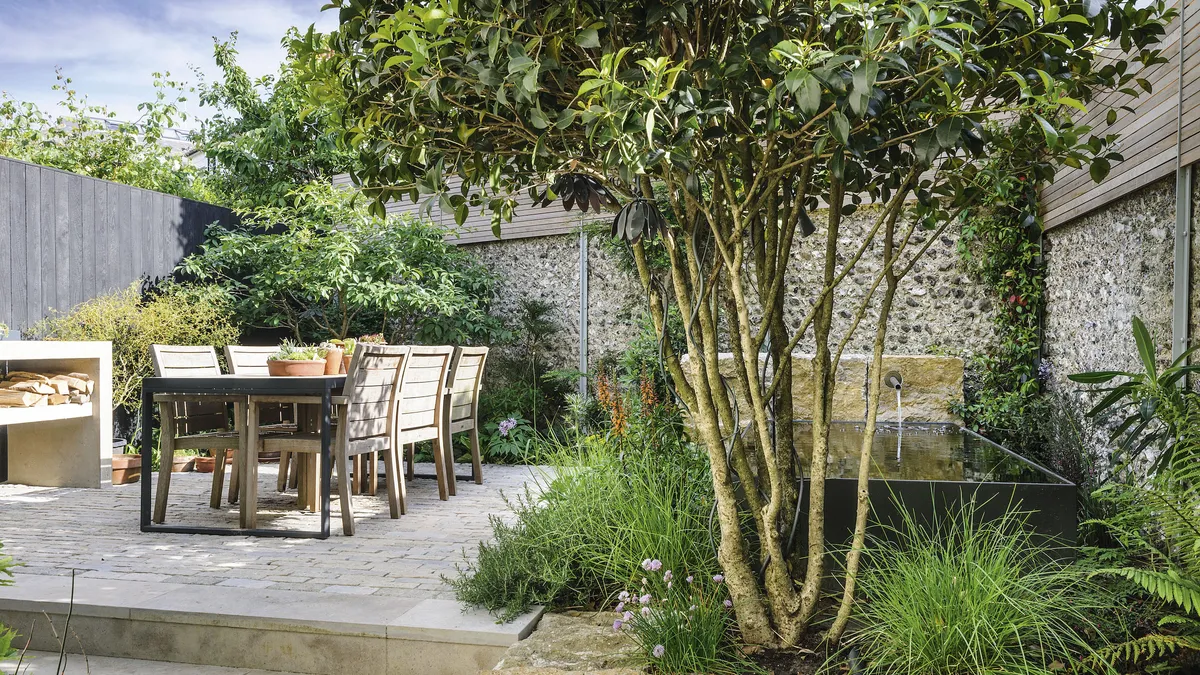It’s not surprising, really, that Andy Sturgeon is hard to get hold of. He is one of the UK’s leading garden designers who works in the UK and abroad. He has also designed many award-winning show gardens, is a published author, journalist, lecturer and broadcaster (Andy has presented gardening programmes for all the major channels and frequently sits on judging panels.
Inside Andy Sturgeon's modern coastal garden in Brighton
But as soon as our interview starts, phone calls are put on hold and I get his full and undivided attention – and experience first hand what it must feel like to be a privileged Andy Sturgeon client. It’s not just his charm and enthusiasm that make you warm to him: he’s fascinated by what makes people tick and believes that understanding people is an essential attribute of being a good garden or landscape designer.
Andy’s career path to RHS Chelsea Flower Show success (Andy has won nine RHS Gold medals at Chelsea Flower Show in 2005, 2006, 2007, 2008, 2010, 2012, 2016, 2019 and 2022 and was awarded the coveted ‘Best in Show’ award in 2010, 2016 and 2019) and leading light of modern design involved, in the early years, a series of unplanned moves.

He left school in Surrey with poor A levels, a love of being out of doors and no job prospects. He fell into landscape gardening, he explains, when he joined his brother, who was a contractor. “We made gardens for established designers too,” he says. “But I quickly discovered that I wanted to make the decisions about where things should go.”
Three books steered him through: The Small Garden by John Brookes, The Water Garden by Anthony Paul and Yvonne Rees and a book on Japanese gardens. Then he heard about a sandwich course at the Welsh College of Horticulture – a bizarre hybrid that covered pot plant production, landscaping, roof garden design and tropical indoor plants – and signed up. The now defunct course has been surprisingly relevant, he says, except, perhaps, for time spent propagating hundreds of poinsettias.
A year working with garden designer David Stevens gave him the confidence to set up his own garden maintenance firm back in Surrey. It was a commercial success but he tired of what was essentially “cleaning gardens”, and became frustrated that he couldn’t make a living from garden design. “It was a time when everyone wanted pergolas, a patio, a pond and a sundial,” he says. He was interested in modernism, in the outdoor room and in large-scale sculptures. In 1994 he packed up, bought a ticket to Africa and got the travelling bug. Over the next three years he roamed southeast Asia – in Hong Kong he earned his keep as an overseer on a suspension bridge – and made massive detours in search of particular trees or shrubs.
On his return to the UK, recharged by all his travel experiences and the visual memories – the big skies of Africa, the colour of rocks, the architectural shapes of the plants – he dived back into garden design and his career took off.

Within a year he had made an English tropical garden for RHS Hampton Court Palace Flower Show and in 2001 he was sponsored to make his first Chelsea garden, a masculine design that bristled with ultra-modern materials and furniture. By 2005, when he won his first Chelsea Gold, he realised that he had found his feet as a designer. Timber and stone replaced crushed concrete and shiny metals, and the planting, anchored by trees and shrubs with an infill of perennials, had a timeless quality.
Friends and colleagues all speak of Andy's phenomenal drive, which is presumably what has carried him through since the sudden and tragic death of wife Sarah in 2009, and of his devotion to his three sons. Is he ever worried about burning out? “I look at people such as Frank Gehry, John Brookes and Renzo Piano still designing and that fills me with hope that you can keep going.”
